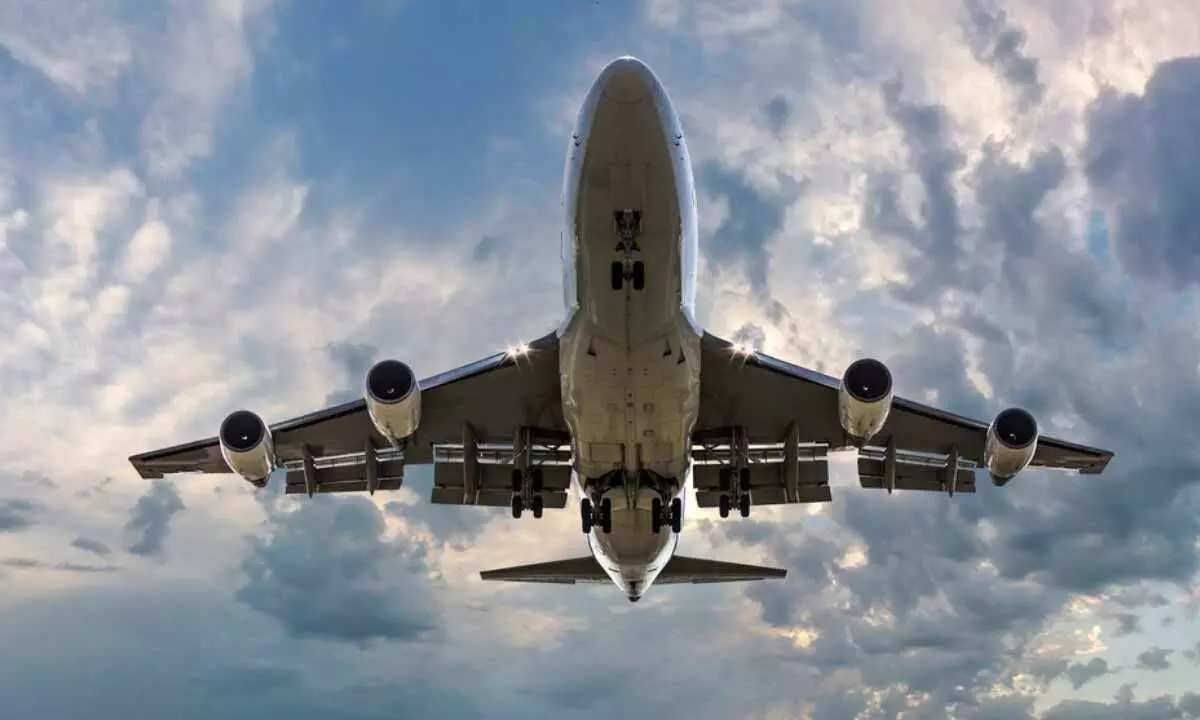M&A punctuates Indian aviation industry
In March 1953, the Parliament came up with the Air Corporations Act, which nationalised the airline industry while merging the then operational eight independent airlines to form two government-owned entities – Air India
image for illustrative purpose

In March 1953, the Parliament came up with the Air Corporations Act, which nationalised the airline industry while merging the then operational eight independent airlines to form two government-owned entities – Air India, operating internationally and Indian Airlines for domestic operations. Jet Airways and Air Sahara emerged through the Open Skies Policy of the government in the 1990s. The former was operating on long-haul routes like the US and Europe while Air Sahara operated on neighbouring routes like Sri Lanka, Nepal and Thailand. Sahara also had a permit to operate in the Gulf region allowing Jet to have a wider presence globally. The merger gave Jet access to Air Sahara’s parking lots in London, Delhi and Mumbai. In 2007, keeping aside all differences, Jet agreed to buy Sahara Airlines for Rs. 1450 crore and Air Sahara’s fleet was turned into Jet’s budget carrier subsidiary called JetLite.
Since 2004, both Air India Limited and Indian Airlines witnessed a drastic decline in revenues after which the government formally announced the merger of these two companies into the National Aviation Company of India (NACIL), while retaining the ‘Air India’brand name.The net synergistic benefits of the merger were calculated at Rs. 8.2 billion. The potential recurring synergies were expected to increase profitability by Rs six billion at the end of the third year of merger. Air India incurred losses to the tune of Rs. 280 billion between 2007 and 2012.The Kingfisher Sahara acquisition was where UB Group (parent company of Kingfisher) and its nominees were allotted 26% of equity shares of Deccan Aviation and later through an open offer it acquired 20% more. Kingfisher became Air Deccan through a reverse merger but changed the name back to Kingfisher Airlines in 2008. Air Deccan’s fleet was spun off into a subsidiary called Kingfisher Red. The deal was initially expected to save Rs 300 crore but Kingfisher ended up spending Rs 500 crore on a company that was in the red byRs 550 crore. The merged entity accrued a loss of Rs 1,000 crore in the next three years.
In 2013, Jet Airways was rescued by Etihad Airways, which agreed to purchase a majority stake of 24%. Its founder NareshGoyal owned 80% stake at that time. The deal also included Etihad’s investment in Jet Airways Frequent Flyer Scheme and sale and lease of Jet Airways slot at Heathrow Airport. It was a win-win for both because Etihad was keen on expansion in India while Jet needed bail-out after the JetLite debacle.In 2018, Etihad had to rescue Jet once again by turning a guarantor for the syndicate loan of $150 billion. In 2019, Etihad attempted to exit the company by selling its shares but could not find a suitable buyer and Jet Airways became bankrupt.
The Tata group has merged Vistara and Air India. Air India shall be India’s leading domestic and international carrier with a combined fleet of 218 aircraft, making it India’s largest international carrier and second largest domestic carrier after Indigo.As part of the merger, SIA shall also invest Rs 2,059 crore in Air India. Post the consolidation, SIA shall hold 25.1% shareholding in Air India.The transaction is estimated to be completed by next March.

